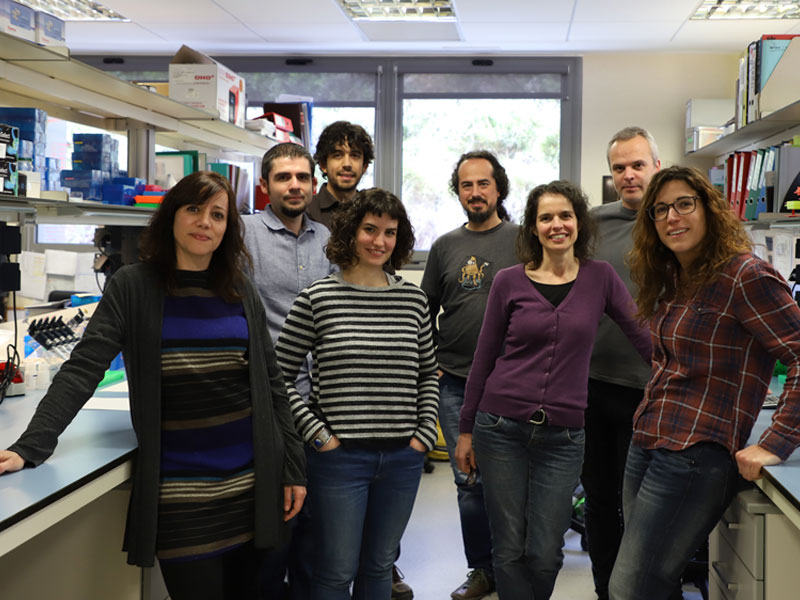The Hereditary Cancer Group at the IGTP provides another tool for the better management of patients diagnosed with NF1

Neurofibromatosis 1 (NF1) is a genetic disorder; the outward signs include the development of multiple benign tumours (neurofibromas) of the nerves and skin and areas of abnormal skin colouration. The benign tumours are very variable and individual patients can have from a few to many hundreds or even thousands. Larger tumours called plexiform neurofibromas (PNFs) are present in 30-50% of NF1 patients, they can grow from nerves anywhere in the body. This type of tumour does not always stay benign and may change into a cancer called a malignant nerve sheath tumour (MPNST), which need rapid surgery to remove them. NF1 patients have an 8-13% risk of developing MPNSTs, which are the major cause of death in this group. The MPNSTs often form from a distinct nodule within the tumour called an atypical neurofibroma (aNF). Doctors must look at the types of tumour present in each patient and assess the risk of aNFs becoming malignant MPNSTs, this makes the management of these patients very complex indeed.
The Hereditary Cancer Group at the IGTP works closely with the Reference Centre on the Phakomatoses (CSUR on the Phakomatoses HUGTiP-ICO) in which the Germans Trias i Pujol University Hospital, the Institut Català d'Oncologia (ICO) and the IGTP participate. The CSUR centre allows patients to visit all the specialists treating them in one place and importantly, allows the specialists to consider each case globally. The IGTP scientists participate to find solutions to some of the difficulties in managing this complicated condition.
In this study, published in Human Mutation led by Meritxell Carrió and Eduard Serra of the IGTP in collaboration with scientists from the ICO Hereditary Cancer Program, scientists studied 8 PNF tumours to find information to help doctors predict how tumours will develop. They looked at the tissue characteristics of the tumors and then compared this to the genetic make-up of the cells within the tumour.
The study showed that each tumour originated from a single cell that had mutations on both copies of the NF1 gene. Looking at areas with unusual cells within aNF nodules, which doctors have suggested are signs of tumours with a higher risk to turn malignant, the team found these cells had lost another section of the genome, involving several genes, a change known to be involved in the development of malignant tumours.
We have been able to match the changes in the tumor tissue with specific genetic mutations in their cells, Meritxell Carrio told us. This will help doctors to better understand the prognosis for individual patients and provide the best management for them, she added. These research findings are expected to be incorporated by the multidisciplinary team of the Reference Centre for Neurofibromatoses and related diseases here on Campus Can Ruti.
Funding Information
The Hereditary Cancer Group at the IGTP is funded and supported by the Johns Hopkins University School of Medicine‐Neurofibromatosis Therapeutic Acceleration Program (NTAP); the Spanish Ministry of Science and Innovation, Carlos III Health Institute (ISCIII) (PI11/1609; PI14/00577; PI14/00724, RTICC RD12/0036/008); Plan Estatal de I+D+i 201316, co‐financed by the FEDER program and the Government of Catalonia CERCA Program.
